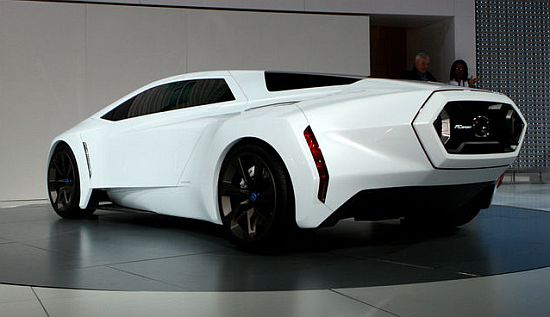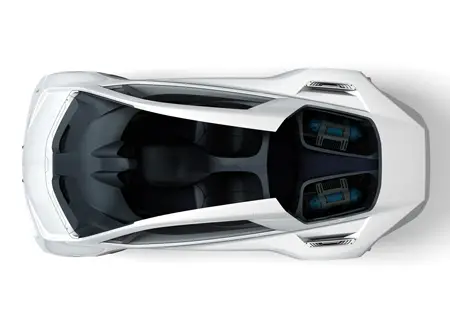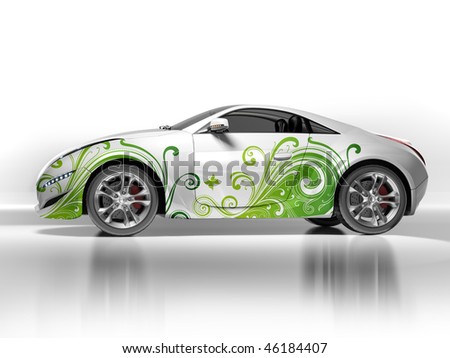There are lots of cheap cars available for sale in the market launched by different manufacturers such as Honda And Suzuki. Honda Cars have been in the market from very long time and they have maintained a good reputation by providing the customers with unique features and technology. Most of the customers will notice common themes like thoughtful design, attention to safety, friendly nature and average fuel economy.
Honda is Japanese automobile manufacturing company which was found in the year 1948 by Soichiro Honda. The first motorcycles manufactured and launched by the company were quite easy to operate. One of the ultra-successful models of Honda Company was C100 Super Cub that featured a crossbar free frame. The first automobile launched by company was for Japanese market which later entered in Formula One Racing. Some of the most successful models of Honda were Civic which became quite popular and famous among United States enthusiasts and aficionados.
There are lots of affordable or cheap cars launched by Honda Company called Accord which was introduced in United States on 1982 and earned good reputation in the market by 1989. Honda Cars are known for safety, reliability and durability and in these recent years, company has created lots of innovations like VTEC variable valve timing, electric/gasoline hybrid powertrains, aluminium body construction and improved safety features. Today, company is a leading manufacturer of fuel-sipping hybrid vehicles, spacious minivans, family sedans, pickup trucks and rugged sport utility vehicles.
Some of the cheap cars are also manufactured and revealed by Suzuki Company. Suzuki is also a Japanese automobile manufacturer which is known for affordability and value. Suzuki was found by Michio Suzuki in the year 1909 and by 1950s, company expanded their production to automobiles and motorcycles. Suzuki Cars Company produced and revealed the first vehicles in 1955 called Suzulight, compact vehicle in its segment. After couple of years, company also expanded the production to sport utility vehicles. The production lineup of Suzuki Company includes Fronte passenger vehicle, Carry Van full cab van and subcompact Fronte 800. In the year 1970, company manufactured and launched the first sport utility vehicle called Jeep CJ-5 with four-wheel drive system.
The first model launched by Suzuki Cars was Samurai available in hardtop and convertible body styles. It was a compact sport utility vehicle. During 90s, company expanded the production to different categories like Hungary, Egypt and Vietnam and introduced couple of models called lightweight Wagon R and Cappuccino convertible. The Suzuki Esteem was launched in United States that replaced Samurai. In the year 2004, General Motors and Suzuki Cars acquired Daewoo that led to the production of two new models called Suzuki Verona and Suzuki Forenza. Suzuki is a Japanese multinational corporation located in Hamamatsu, Japan that specializes in producing compact automobiles, compact internal combustion engines, four-wheel drive vehicles, wheelchairs, full range of motorcycles, outboard marine engines and all-terrain vehicles. It is the ninth largest automobile producer in the world with employees more than 45,000 people, 133 distributors in 192 different countries and 35 manufacturing plants in 23 countries.
Honda is Japanese automobile manufacturing company which was found in the year 1948 by Soichiro Honda. The first motorcycles manufactured and launched by the company were quite easy to operate. One of the ultra-successful models of Honda Company was C100 Super Cub that featured a crossbar free frame. The first automobile launched by company was for Japanese market which later entered in Formula One Racing. Some of the most successful models of Honda were Civic which became quite popular and famous among United States enthusiasts and aficionados.
There are lots of affordable or cheap cars launched by Honda Company called Accord which was introduced in United States on 1982 and earned good reputation in the market by 1989. Honda Cars are known for safety, reliability and durability and in these recent years, company has created lots of innovations like VTEC variable valve timing, electric/gasoline hybrid powertrains, aluminium body construction and improved safety features. Today, company is a leading manufacturer of fuel-sipping hybrid vehicles, spacious minivans, family sedans, pickup trucks and rugged sport utility vehicles.
Some of the cheap cars are also manufactured and revealed by Suzuki Company. Suzuki is also a Japanese automobile manufacturer which is known for affordability and value. Suzuki was found by Michio Suzuki in the year 1909 and by 1950s, company expanded their production to automobiles and motorcycles. Suzuki Cars Company produced and revealed the first vehicles in 1955 called Suzulight, compact vehicle in its segment. After couple of years, company also expanded the production to sport utility vehicles. The production lineup of Suzuki Company includes Fronte passenger vehicle, Carry Van full cab van and subcompact Fronte 800. In the year 1970, company manufactured and launched the first sport utility vehicle called Jeep CJ-5 with four-wheel drive system.
The first model launched by Suzuki Cars was Samurai available in hardtop and convertible body styles. It was a compact sport utility vehicle. During 90s, company expanded the production to different categories like Hungary, Egypt and Vietnam and introduced couple of models called lightweight Wagon R and Cappuccino convertible. The Suzuki Esteem was launched in United States that replaced Samurai. In the year 2004, General Motors and Suzuki Cars acquired Daewoo that led to the production of two new models called Suzuki Verona and Suzuki Forenza. Suzuki is a Japanese multinational corporation located in Hamamatsu, Japan that specializes in producing compact automobiles, compact internal combustion engines, four-wheel drive vehicles, wheelchairs, full range of motorcycles, outboard marine engines and all-terrain vehicles. It is the ninth largest automobile producer in the world with employees more than 45,000 people, 133 distributors in 192 different countries and 35 manufacturing plants in 23 countries.



























